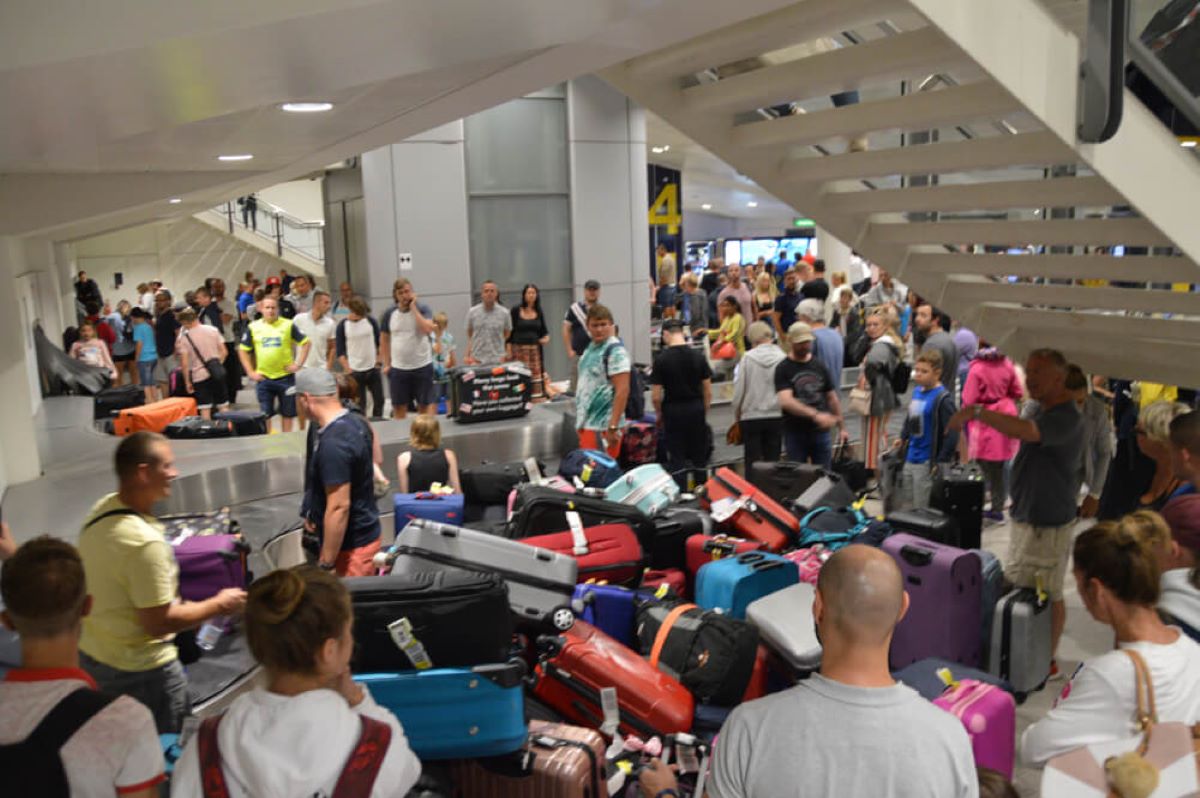Thousands of flights have been cancelled at the world’s busiest airport in the U.K. as a result of a malfunction in air traffic control that stakeholders failed to fix.
The International Air Transport Association (IATA) says the National Air Traffic Control Service (NATS) has “crucial questions to answer about its responsibility for this fiasco”.
IATA Director General Willie Walsh called the failure of the systems “unacceptable”, adding that it was “another example of why the passenger rights regime is not fit for purpose.”
He says airlines will have to pay significant disruption costs. “U.K. policymakers should take note. The passenger rights system needs to be rebalanced to be fair to all with effective incentives.”
“Until that happens, I fear we will see a continued failure to improve the reliability, cost efficiency and environmental performance of air traffic control. The current system does not protect passengers. It hurts them.”
The National Air Traffic Control Service (NATS) apologized for a system glitch and said a “thorough investigation is underway to understand the root cause of what happened.”
Read: Abu Dhabi Airport shows 67 percent growth from last year
NATS controls most aircraft in U.K. airspace, handling more than 7,000 flights a day – or 2.5 million flights and 250 million passengers a year.
It is a public-private partnership, 49 percent of which is government-owned, with a consortium of airlines as another major shareholder.
NATES operates from Swanwick in Hampshire and Prestwick in Ayrshire.
The air traffic control glitch that triggered the disruption occurred in Suanoik, which is responsible for about 200,000 square miles of airspace.
When a failure occurs, the first thing controllers do is increase aircraft separation, to maintain safety.
The disruption is set to last for several days, Transport Secretary Mark Harper has warned.
Stranded passengers have rights to an alternative flight home, but the number of people affected means this could take days for the organisation.
More than a quarter of planned flights to and from U.K. airports have been cancelled, according to figures from analytics firm Cirium.
Heathrow, Britain’s busiest airport, asked passengers to contact their airlines before travelling to the airport.
Airlines said they were making changes to their flight schedules to try to carry as many people as possible, “but some of the planes and crew weren’t where they should be.”
British Airways said: “We are working as hard as we can to get affected customers back on their way.
Irish air traffic controller Airnav Ireland said the problem had led to “significant delays in flights across Europe travelling through or from U.K. airspace”.
A spokesman for London’s Heathrow Airport said the airport was working with aviation authority and companies to minimise the impact on passengers, while Gatwick Airport, south London, said cancellations were possible.
Earlier, Scottish airline Logan Air said on the X website that “there has been a network-level failure in the U.K.’s air traffic control computer systems”. Other airlines, including Ryanair, said some flights to and from the U.K. were being delayed or cancelled.
Manchester and London Stansted airports warned of possible disruption to flights, while other airports, including London Luton and Birmingham, said they were working to understand the impact and timeframe within which normal operations could resume.
Dublin Airport said air traffic control problems had led to delays and cancellations of some flights to and from the Irish capital and advised scheduled passengers to check their flight status with their airlines.
Click here for more on travel.








